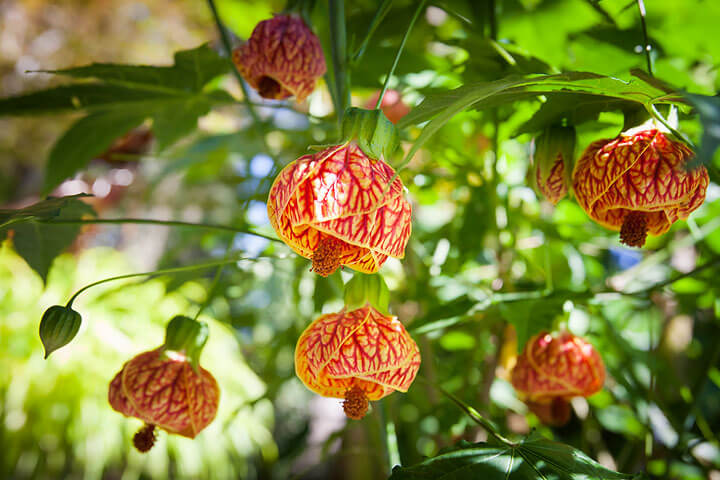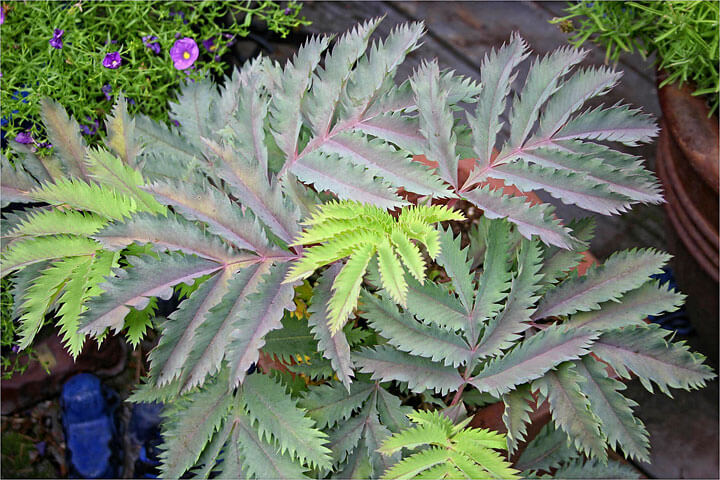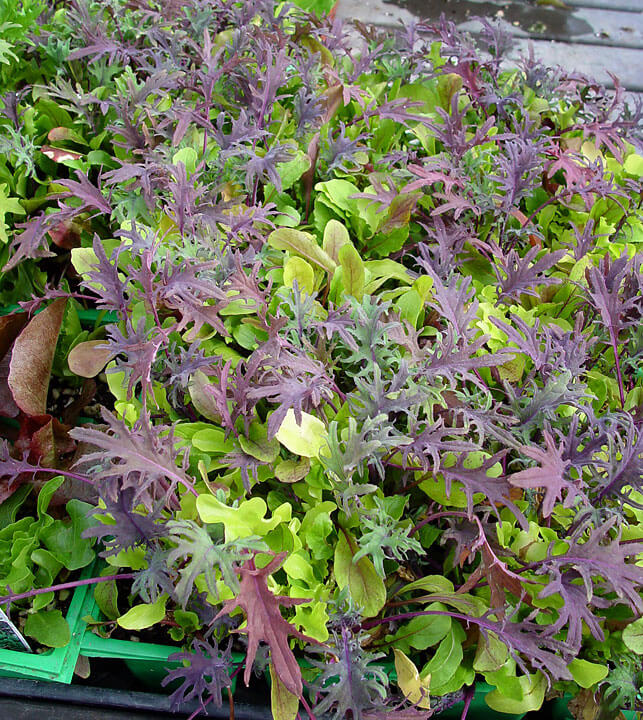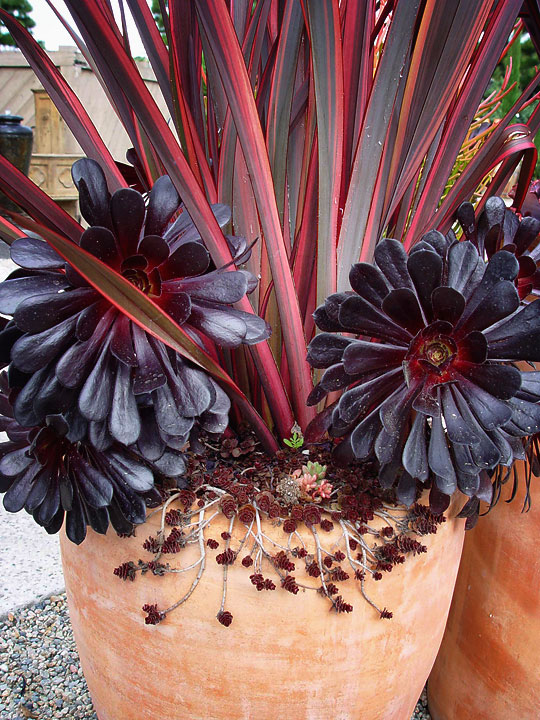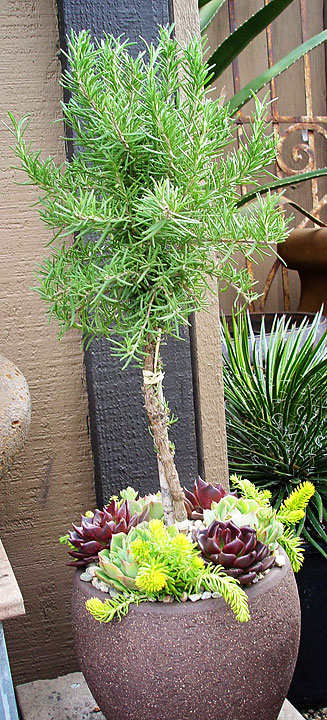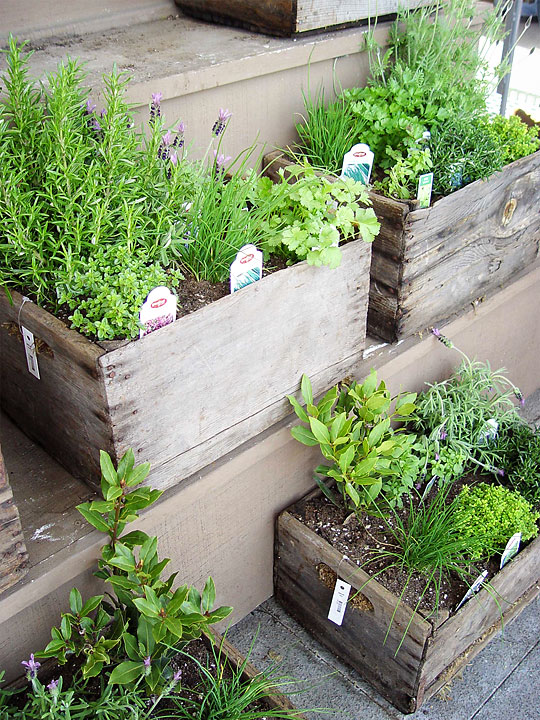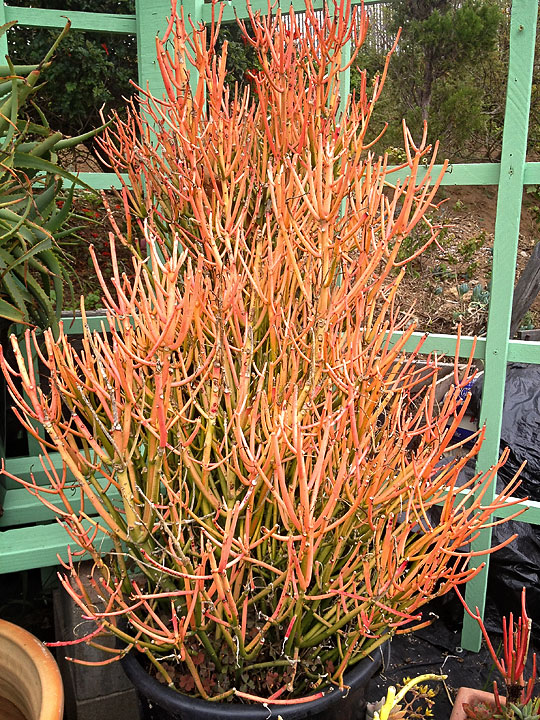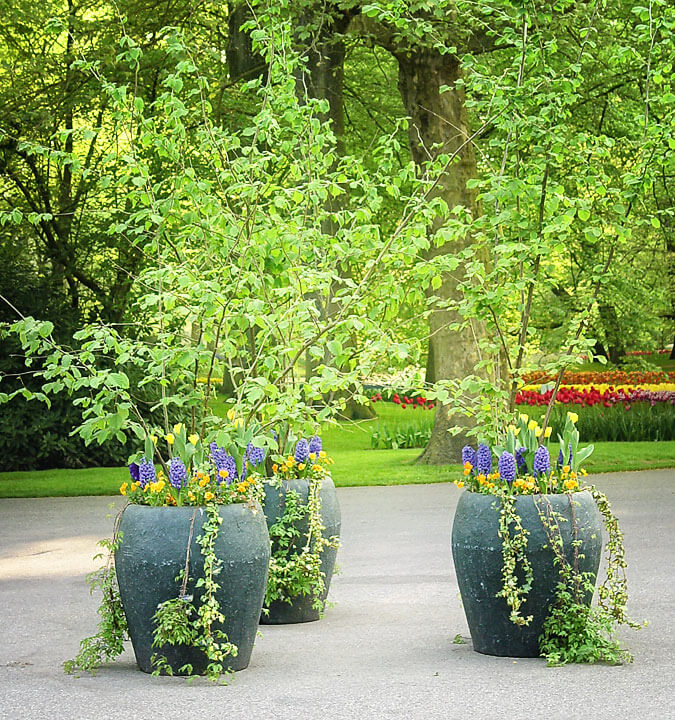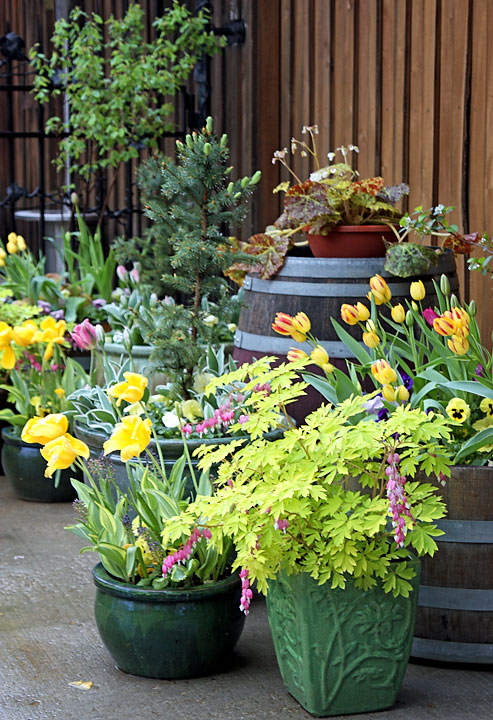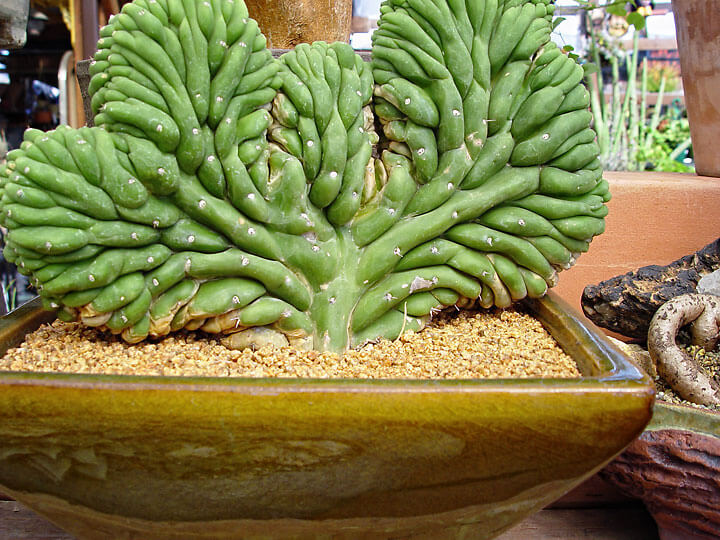Oft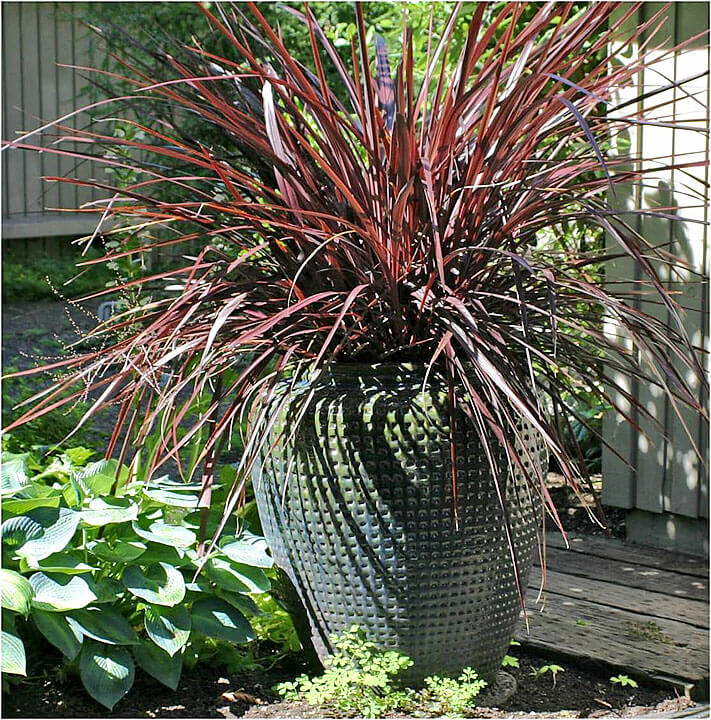 en times when we think of house plants, we neglect to think of the many outdoor plants that might make enjoyable and unusual house plants, if given the right conditions. Or if we cannot duplicate the right conditions, many will at least last for several weeks or longer and then taken back outdoors. But during this interval, we have been able to enjoy them indoors.
en times when we think of house plants, we neglect to think of the many outdoor plants that might make enjoyable and unusual house plants, if given the right conditions. Or if we cannot duplicate the right conditions, many will at least last for several weeks or longer and then taken back outdoors. But during this interval, we have been able to enjoy them indoors.
There are many factors involved with growing plants indoors and proper light is probably the most important. As I looked at plants in my garden this past summer, I discovered there were many that could be brought indoors during the winter months and then placed back outside in the spring.
Cordyline
One of my favorite outdoor plants that can be grown inside is Cordyline ‘Festival Grass’. ‘Festival Grass’ can easily be grown as a house plant during the winter in a sunny window. This New Zealand native forms a fountain-like clump and has brilliant narrow burgundy colored leaves. The plant in the photo was taken in my garden in August and this pot was planted with three plants the previous spring as I wanted to make certain it was a very full pot since it would be at the entryway to our house. So, imagine if you had one of these in a sunny window during the winter and the bright color it could bring to what might be a drab space. In the spring, take the plant outdoors and place in a sunny location.
When I lifted the three individual plants of Cordyline from this large pot, I separated and planted them in individual pots using Black Gold Natural & Organic Potting Soil. At the time of re-planting I also added some all-purpose fertilizer, which was sufficient to provide enough nourishment to keep the plants healthy during the winter. Once the weather warms, I will take these individual plants outside and plant them all together in another large container.
 Succulents
Succulents
Succulents are a huge group of plants and many will thrive indoors in a sunny window. This photo was taken at a local garden center last summer and it shows some of the leaves and colors there are to choose from. You will find foliage colors of green, gray, yellow, shades of red, and some that are almost blue. The way succulents grow is as variable as their colors and there are upright varieties and other varieties that will trail over the side of a container. Succulents want as much light as possible so a sunny window is usually ideal. Succulents also need excellent drainage and I have found that Black Gold Cactus Mix is ideal. Be sure to select a container with a hole in the bottom so water can drain out. Succulents usually do better with less water than many other house plants and I have found that letting the soil get dry to the touch and then giving them a thorough watering works well.

For a splash of bright yellow, try Sedum ‘Ogon’. Like many plants with yellow foliage, this one does best if not in full sun, and while it needs light, keep it away from a bright sunny window. If plants tend to get a bit leggy stretching for light, it is easy to pinch the tops and you will create new growth and a more dense plant. Sedum ‘Ogon’ is ideal to plant around the base of other house plants and the bright yellow makes a nice contrast to the dark green of many common house plants. Be sure to use Black Gold Cactus Mix as your potting soil of choice.

Another excellent indoor/outdoor plant is Crassula ovata, commonly called Jade Plant. It is easy to grow outdoors in our Pacific Northwest summers but in a container can sometimes not survive a winter if temperatures drop too much. I think it is better to be safe and bring it indoors in the winter. It is well adapted to growing indoors and can look stunning in a container such as the red one shown in the photograph. Jade plants will often bloom and have clusters of pink star-shaped flowers.
Sometimes one of the most difficult rooms to grow house plants in is the bathroom. For an unusual house plant that will often thrive in a bathroom, try Tillandsia usneoides (Spanish Moss). Other names for this plant are graybeard or old man’s beard and once you see this growing, you will understand how it got the name. Spanish moss is in a group of plants called epiphytes and it absorbs nutrients and water from the air and rainfall. It is common to see it growing on trees in parts of the southern United States such as Louisiana where there is high humidity. Spanish moss needs this high humidity and thus in many homes, the bathroom is ideal because of the humidity created by showers. Mist it with a fine water spray on a regular basis to help keep the humidity high and the plant moist. Find an attractive piece of wood and let Spanish moss cascade down. It will be a conversation piece.

Check out your local garden center as many of them carry a bigger assortment of house plants during the winter months than in the spring or summer. Try something new and mix your plants to make interesting color combinations and leaf textures.
Get ready for spring and enjoy the new seed catalogs whether on paper or on the internet. They make ideal reading on a winter evening and can get your mind thinking about what new plants you can add to your garden.
